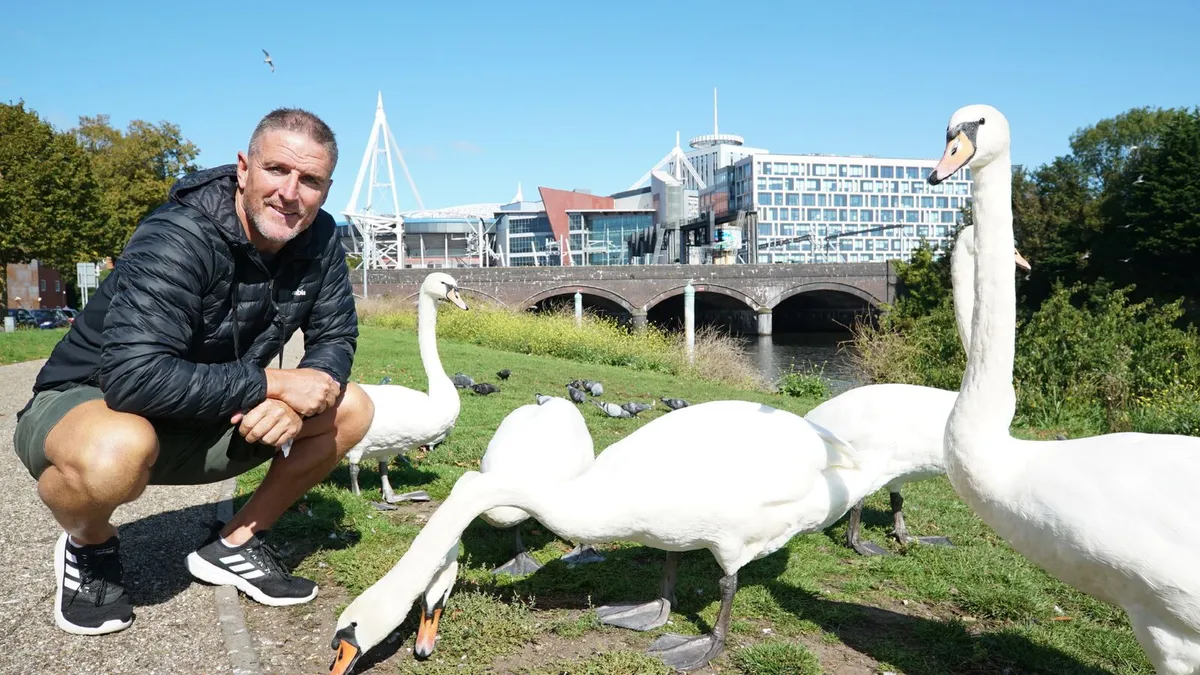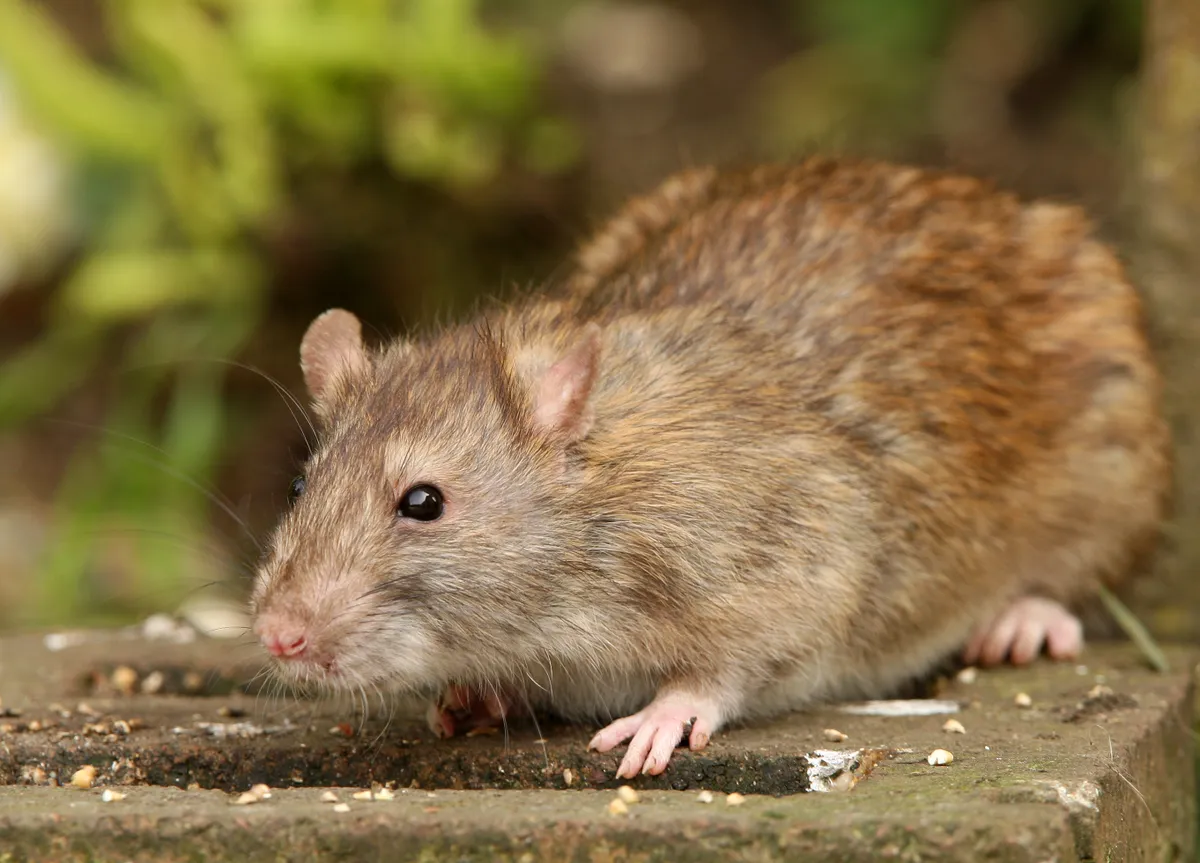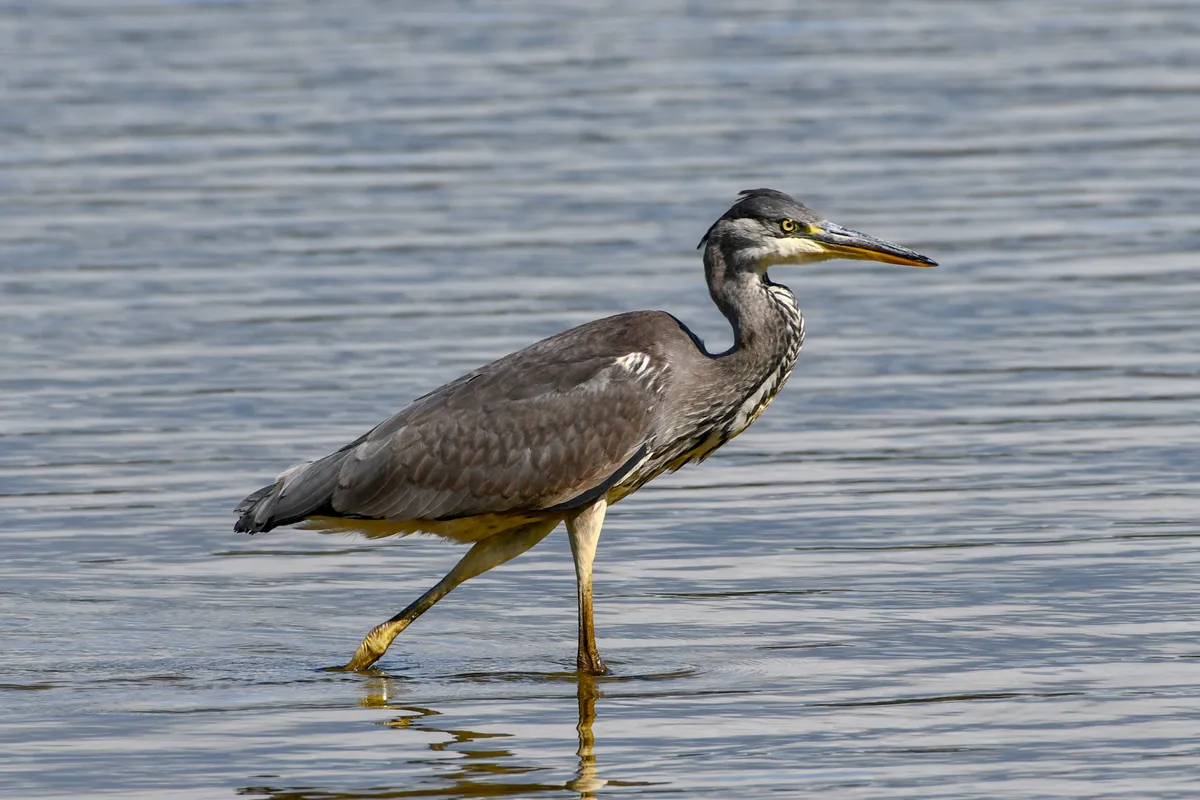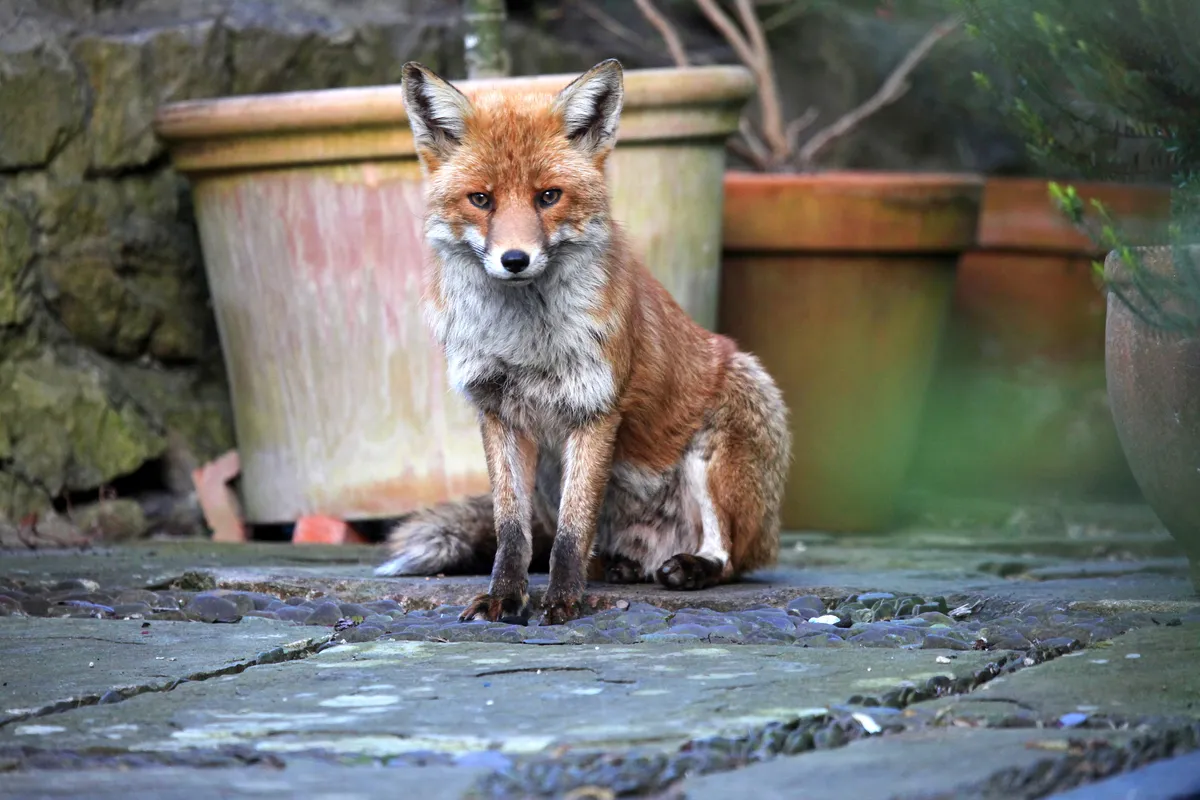When is Iolo’s Street Life being aired on TV?
The first episode airs on Friday the 20 September at 7:30pm on BBC One Wales, and the series runs for four weeks with the final episode airing on Friday 11 October.
What is Iolo’s Street Life about?
From Cardiff to Conwy, from rats to herons, Iolo travels across Wales to explore the hidden wildlife in our neighbourhoods and investigates why we are seeing more animals moving into our towns. These opportunistic critters are settling into an urban way of life and Iolo wants to find out how and why.
Watch a clip from episode one of Iolo’s Street Life:
Who is Iolo? And does anyone else feature?
Iolo Williams is a Welsh naturalist and TV presenter. Raised in Montgomeryshire, Iolo has long had a fascination for wildlife, joining the RSPB in 1985 and becoming well known as an expert on Welsh bird life.
After a foray into television presenting with Visions of Snowdonia, Iolo left the RSPB to pursue media full time, making acclaimed nature programmes in both Welsh and English, including Rugged Wales, and Natur Anghyfreithlon (Illegal nature). He is also a regular presenter on Winterwatch, Springwatch andAutumnwatch on BBC Two.
In each episode Iolo talks to locals about the wildlife they have welcomed into their towns, and the special relationships they have formed with them.

Which species are featured in Iolo’s Street Life?
Here are some of the British species that are featured in the series. In addition to these you can also look forward to seeing crows, swans, gulls, and spiders!
1
Brown Rat Rattus norvegicus

This adaptable mammal has perhaps settled in to urban living better than any other animal. Thought to originate in central Asia the brown rat spread across Europe and into Britain in the 18th century, largely outcompeting and displacing the black rat that has been native since Roman times.
It can now be found almost everywhere in the UK, it’s omnivory and flexibility meaning that it can pretty much live anywhere. They live in vast but loose colonies and dig their own burrows. They are notoriously prolific breeders, a female being able to produce up to 60 young a year!
2
Grey Heron Ardea cinereal

A regal and distinctive bird, the grey heron is a familiar sight across the UK’s canals, ponds, lakes and rivers. They are a solitary species, only coming together to breed. Feeding mainly on fish they are often seen standing stock-still in the shallows waiting for an unlucky individual to cross their path. They do however sometimes eat small mammals such as moles and waterbirds.
3
Tawny Owl Strix aluco

Also known as the ‘brown owl’ the tawny is our largest common owl. They are widespread across the UK, feeding on small mammals such as voles and mice.
If you hear a familiar ‘twit twoo’ at night this is likely to be made by two tawny owls calling to each other.
4
Badger Meles meles

Our biggest land predator and one of Britain’s most iconic animals, this elusive Mustelid is found throughout England, Wales, the Scottish mainland, and Northern Ireland. Badgers feed on small mammals, birds’ eggs, fruit, roots, bulbs, and earthworms. In fact, they can eat several hundred earthworms a night!
Their thick skin and long claws also allow them to be one of the only predators of hedgehogs. Their ideal habits is a mixture of woodland and open country, but they may also venture into towns and gardens in search of food, as Iolo discovers.
5
Red Fox Vulpes Vulpes

Another familiar visitor to our gardens, the red fox is just as likely to be seen in towns and cities as in the countryside. It has adapted remarkably well to urban living, often scavenging human food-scraps from bins, as well as snacking on pigeons and rats. Males are called ‘dogs’ and females ‘vixens’. It is the bone-chilling scream of the vixen that you might hear during the winter breeding season.
Main image: Iolo Williams in Aberystwyth. © BBC Wales.
